Holocaust and Genocide Research Center opens
NEWTON. Kittatinny Regional High School creates a repository of information, ensuring that the lessons of history are not forgotten.
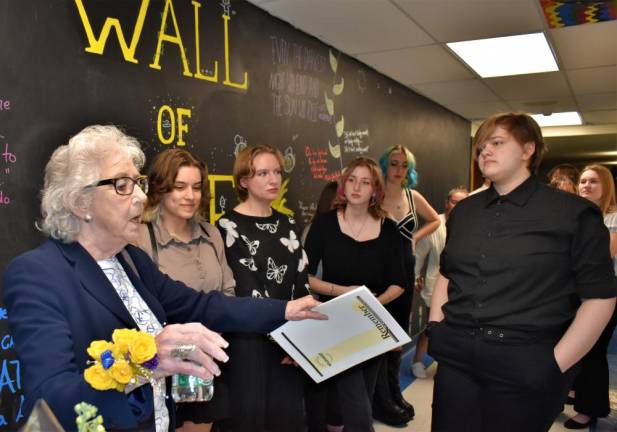
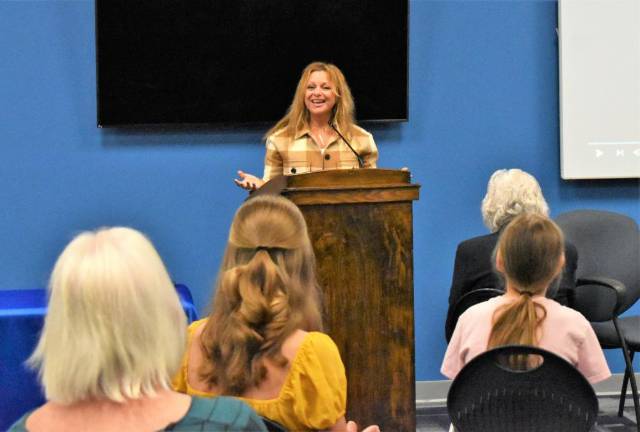
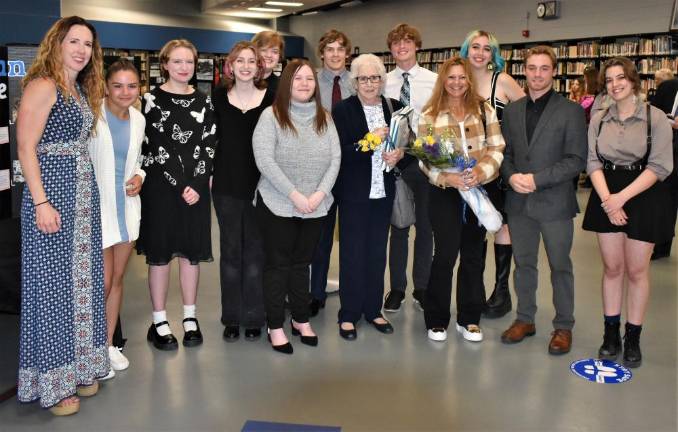
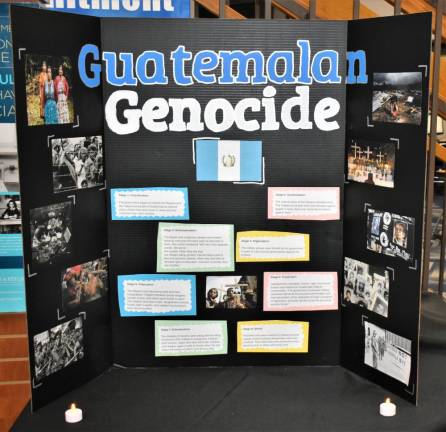
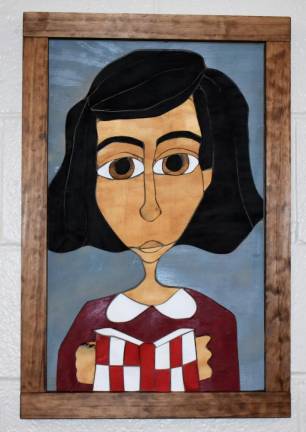
Kittatinny Regional High School unveiled a new resource for students and the community, the Holocaust and Genocide Research Center.
Spearheaded by teacher Mary Houghtaling and her ACP World Literature students, the center serves as a repository of information, ensuring that the lessons of history are not forgotten.
At an emotional ribbon-cutting ceremony April 19, students and staff members celebrated the dedication and hard work of those involved in creating the center.
Ann Arnold paid tribute to her father, Mark Schowetter, who survived the Holocaust. She narrated her father’s journey, her reaction to his ordeal and a poignant journey they embarked on together to Poland.
Maude Dahme, a Holocaust survivor, shared her tale of endurance in the Netherlands. At age 6, she and her sister Rita were separated from their parents and sheltered by families in secluded areas.
They survived and were reunited with their parents April 19, 1945. However, other family members died in concentration camps.
Before the ribbon-cutting, the Kittatinny choir performed “Inscription of Hope.”
Later, attendees explored the center, which showcases woodcut art by Patrick Lynch from Swartswood Studios, informative posters about global genocides, and an extensive collection of books on diverse cultural genocides, including the one in Rwanda in 1994.
One of the features of the center is a 12-year timeline of the Holocaust and other 20th-century genocides that wraps around the room.
The center also houses a chalkboard Wall of Hope, where visitors are encouraged to write messages.
Q&A with Mary Houghtaling
What inspired you to create the Holocaust and Genocide Research Center at Kittatinny Regional High School?
I have always felt a strong pull and empathy for the Holocaust. A few years back, I had a group of seniors who really shared my passion and asked me to help them learn more. I was inspired by a combination of these students and their quest for knowledge and my need to do something that helps create real change in this world. That is where the idea for the HGRC was born, and to see it come to life has been the highlight of my teaching career.
How was the center developed and how did students contribute?
It took some time to get a suitable location in the school. Once we secured a location, I simply asked my students for help and they were in. They have done everything from painting, sanding, organizing and idea generation. I am in complete awe of my students and what they accomplished. They truly are the change we need to see in the world.
How was the Holocaust timeless designed? What do you hope visitors will take away from it?
This timeline was inspired by a teacher who utilized the center to put up a timeline, and my students decided there should be one in there as a permanent reminder of what has happened and is happening in our world today. You simply cannot ignore it.
What is the purpose of the Wall of Hope?
I envision this center to be one where education takes place, but I am aware of the intensity of this education. So as a way for people to leave our center feeling empowered, which really is the goal, the Wall of Hope was created. It is a place to leave positive notes, quotes, pictures, etc. and know that you can make a difference, however big or small, that may just change the course of history.
What impact do you think the center will have on students and the wider community?
My hope is that this center is a living space for conversation, education and empowerment. I want it to be a community hub of activity where we learn, support and do our part to stop atrocities in the future. This will be through speakers, through classes, through fundraisers and any other type of events that foster these ideas. We did a lot this year, and we have only just begun. There is a lot of work to be done, and this center is just the beginning.
What activities are planned at the center?
We hope to do more community-wide events in the future. We look forward to collaborating with other schools and inviting them to come in and work in our center. We are also open to suggestions.
How can the community get involved?
The community can get involved by coming to our events when open to the public, by recommending speakers, by supporting fundraisers, and by having the important conversations about the center and its mission so that our work is done beyond four walls.
As Elie Wiesel said, “One person of integrity can make a difference.”
Let’s make this community of integrity, with this center serving as a beacon of hope, education and empowerment.